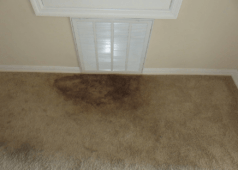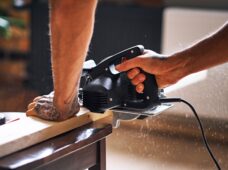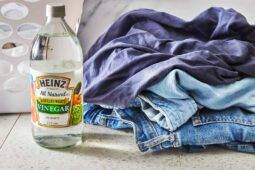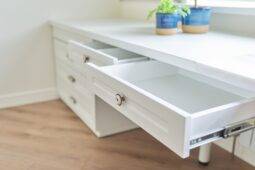How To Degrease Your Entire Kitchen With Windex
Grease is something that builds up slowly, and by the time you notice its impact, your kitchen already feels sticky and dull. While there are plenty of degreasers on the market, one unexpected product that can cut through light grease surprisingly well is amonia-free Windex. It’s easy to find, safe for many surfaces, and works faster than most people realize. Here’s how Windex can help clean up your entire kitchen.
Cabinets
Kitchen cabinets collect grease from the stove, hands, and food splatters. Spray Windex directly onto the cabinet doors, let it sit for 30 seconds, then wipe it clean with a microfiber cloth. For grooves and corners, use an old toothbrush. Avoid soaking wooden cabinets too heavily, and be sure to test in a small spot first.
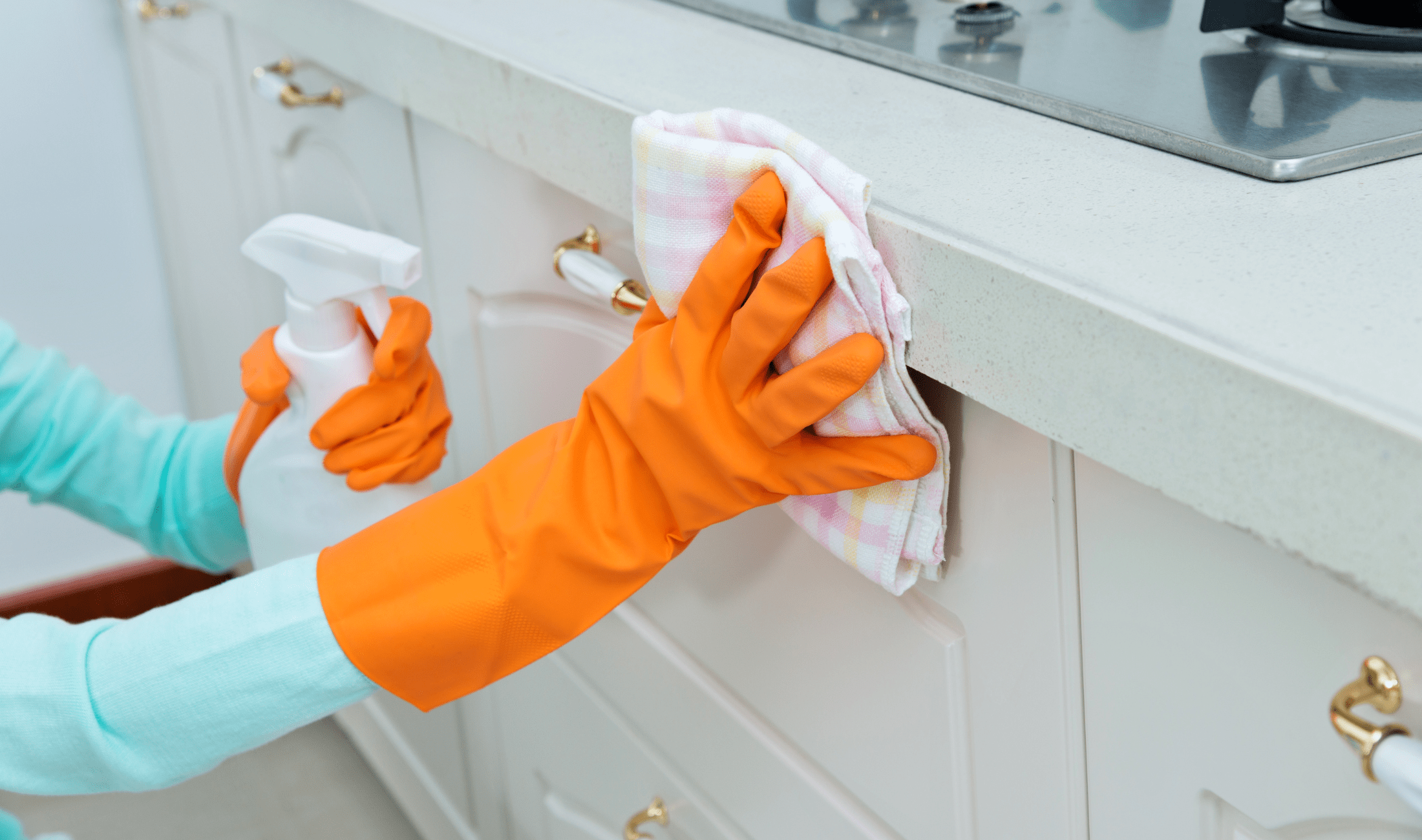
Backsplash
Grease loves to cling to tile, grout, and even paint. Spray the backsplash generously and wipe in sections. For stubborn spots, reapply and scrub lightly with a soft-bristle brush. If you’re dealing with grout, give it an extra minute before wiping. It’s not a deep cleaner, but Windex does a solid job of removing that filmy, greasy layer.
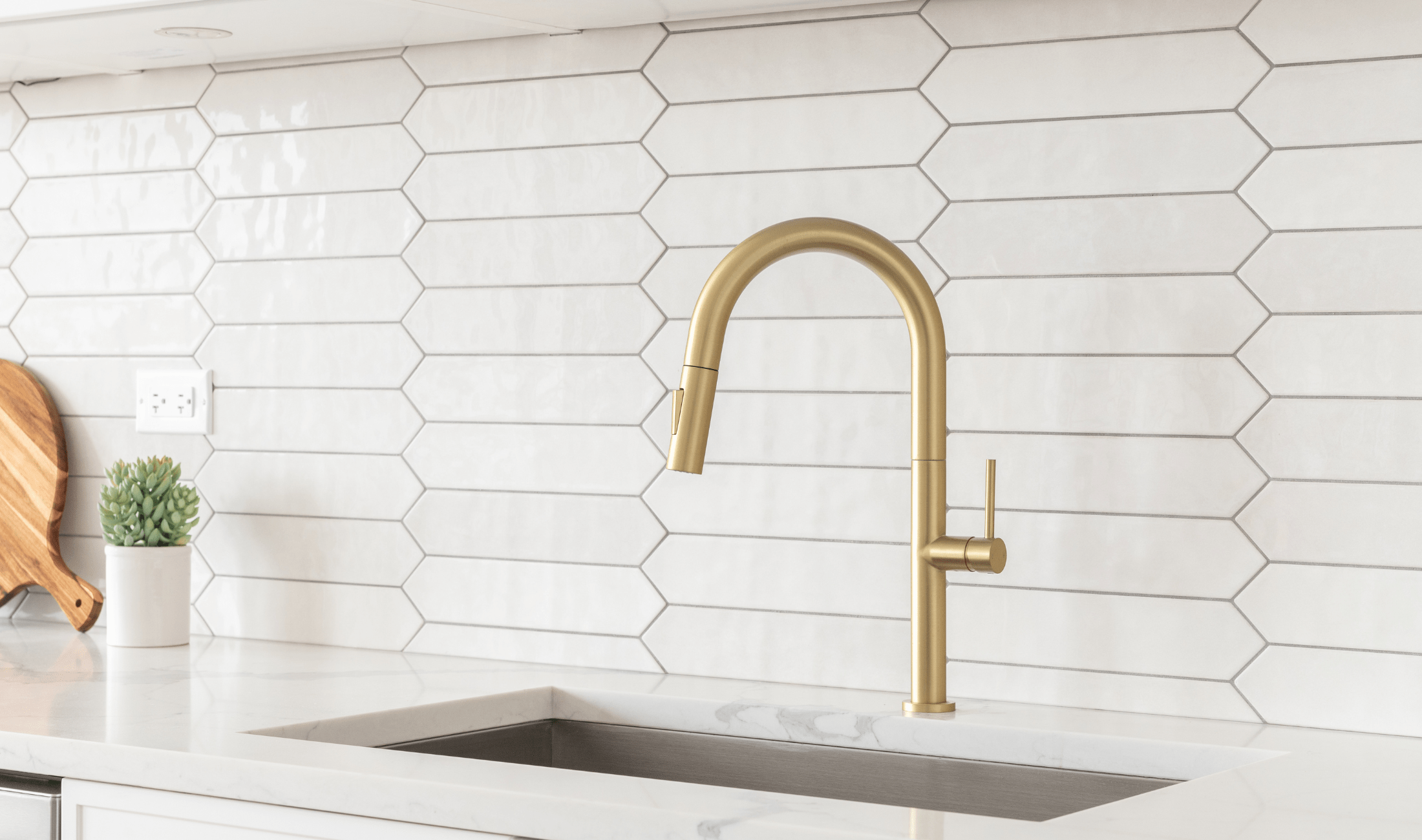
Stove Top
Stovetops often have layers of cooked-on grease, especially around burners. Windex cuts through surface-level buildup quickly, especially on glass or enamel finishes. Remove grates and knobs first, then spray and wipe in sections. For extra shine, buff dry with a second cloth. While it won’t replace a heavy-duty degreaser for burnt residue, it’s a good maintenance option to stay ahead of the mess.

Small Appliances
Toasters, coffee machines, and microwaves often have a layer of grease that collects over time. Spray Windex onto a cloth rather than directly on the appliance to avoid over-spraying near buttons or vents. Wipe down exteriors, handles, and display panels. It brings back the shine without leaving behind lint or streaks. Just be cautious around any electrical parts and avoid using it on the inside of microwaves.
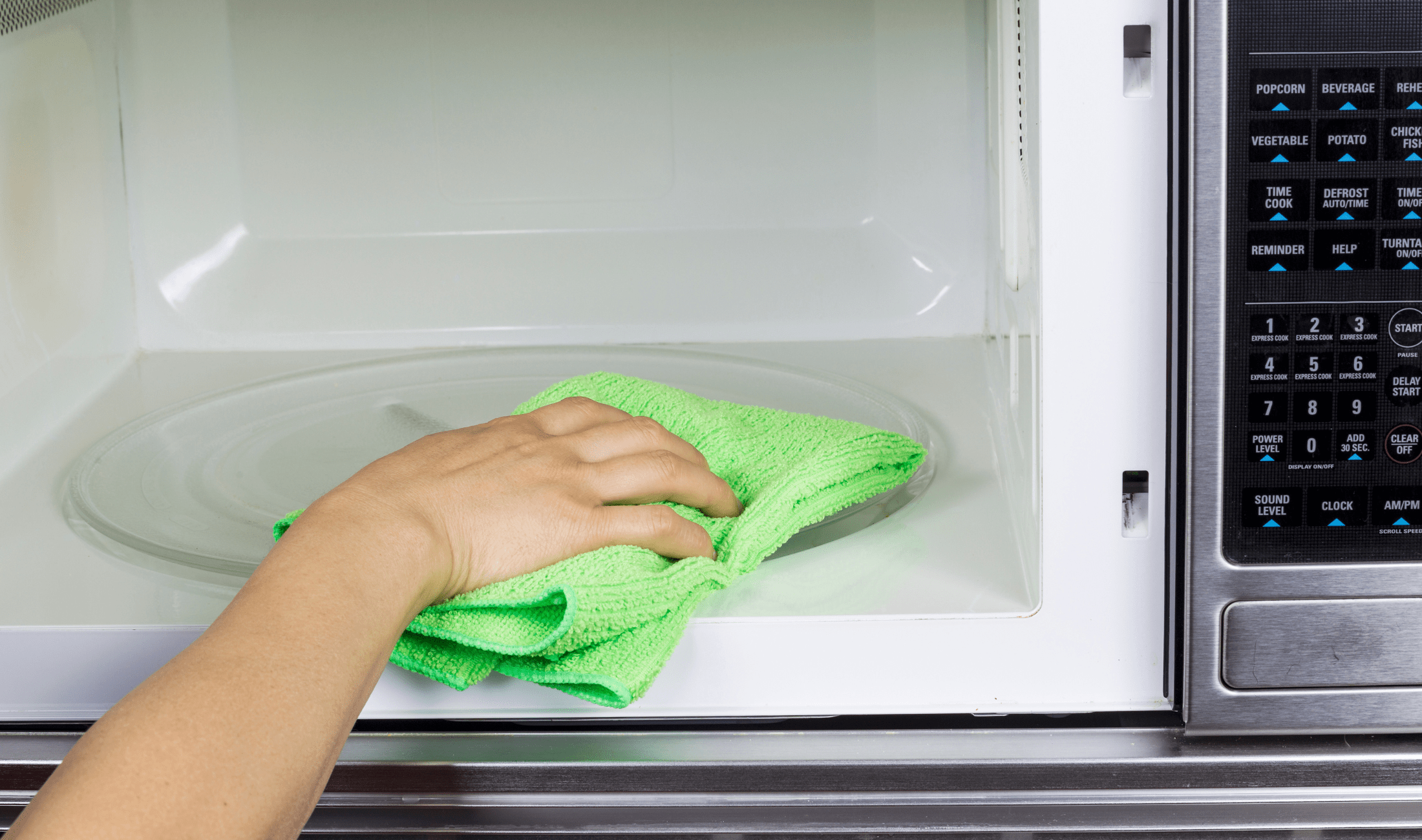
Fridge Door and Handles
Refrigerator doors and handles are touched constantly, often with greasy or messy hands. Windex breaks down the smudges and sanitizes the surface in one step. Spray directly and wipe clean, paying extra attention to the handle area. Stainless steel versions benefit from a follow-up polish with a dry cloth to remove streaks.
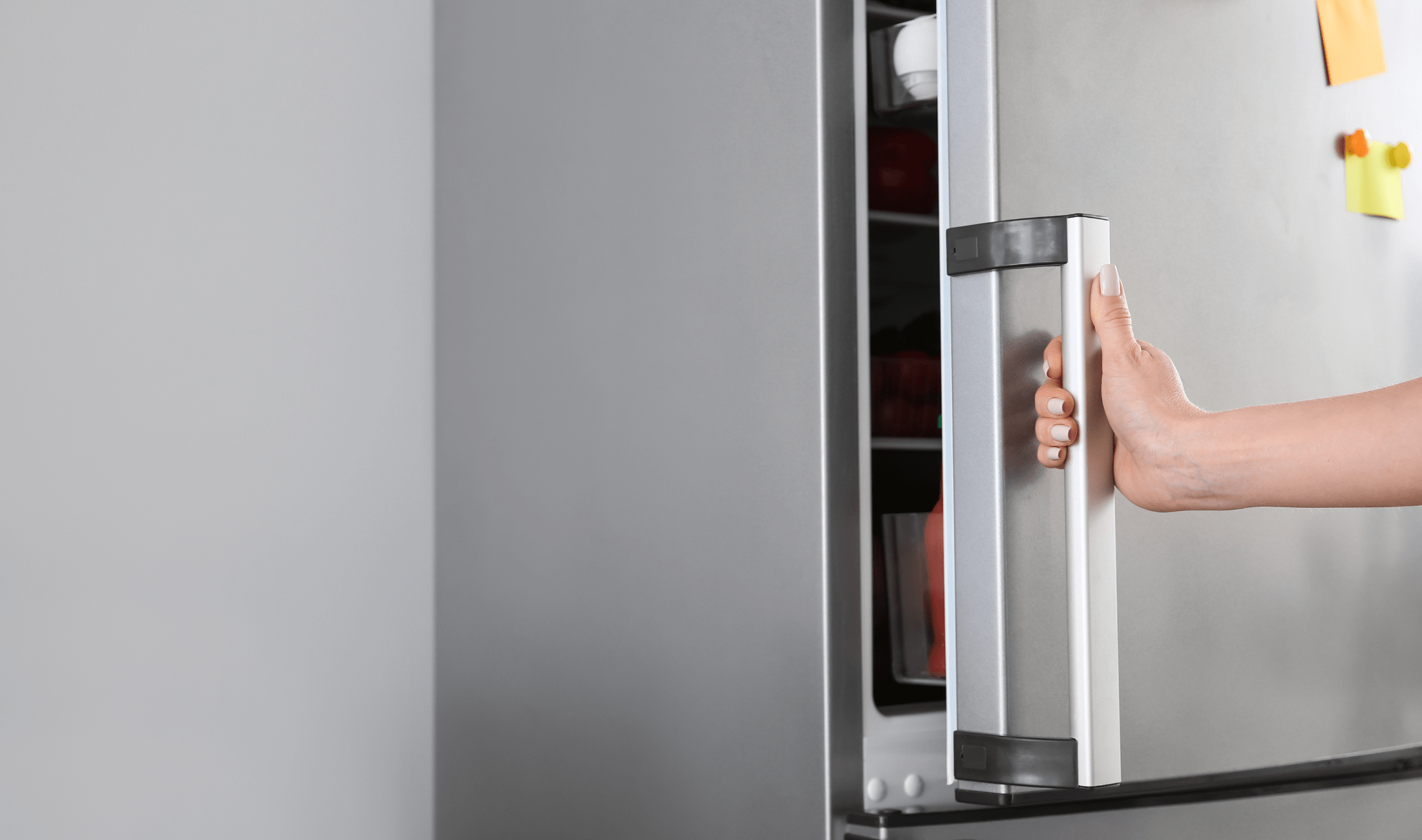
Floor Edges
The area along your base cabinets and floor trim collects grease that drips or floats down during cooking. Spray Windex directly onto these edges and wipe with a cloth or sponge. It’s especially useful on tile or vinyl flooring, where grease and dust sticks around. You might be surprised how much grime builds up in these spots.
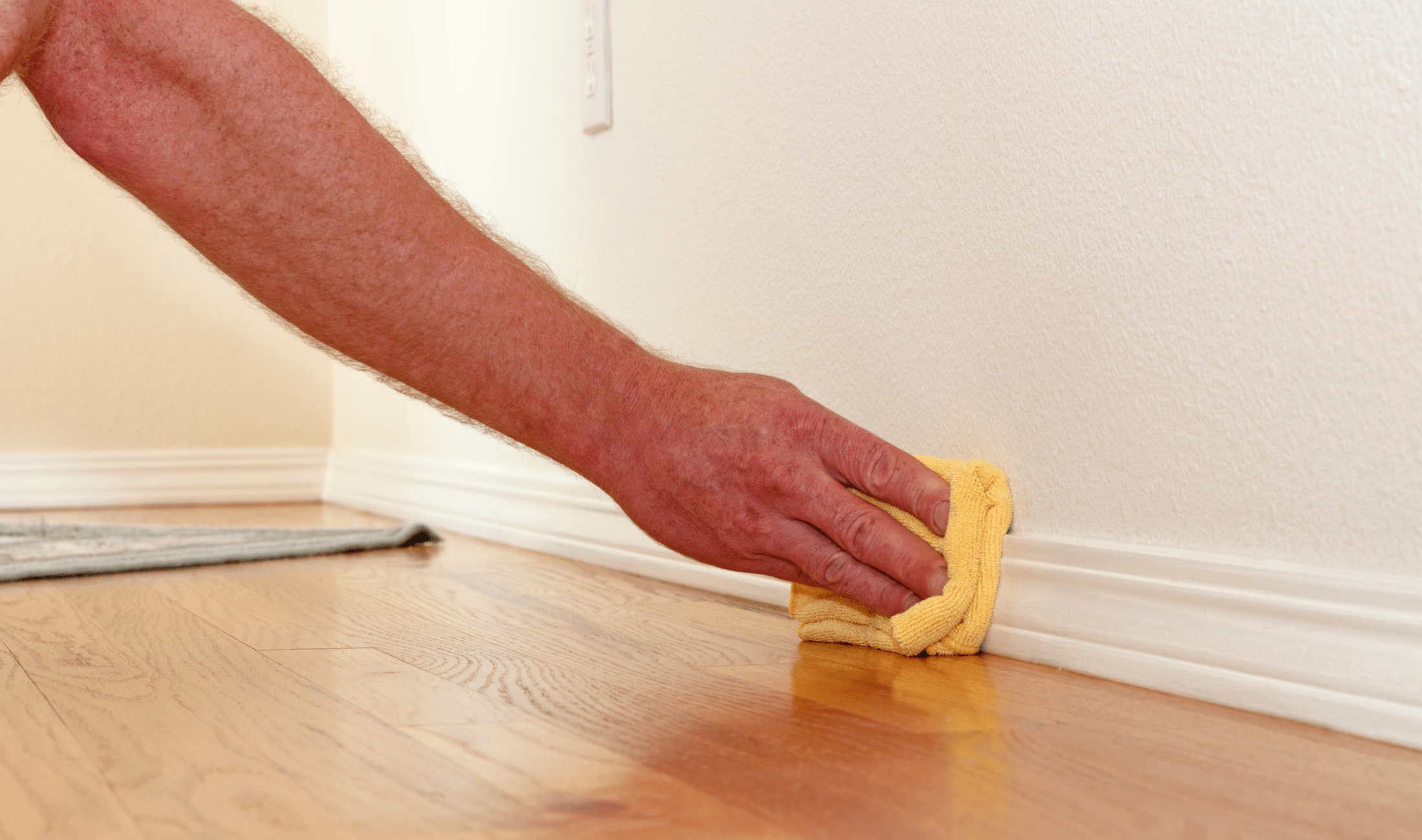
Related Articles
- 5 Things I Wish I Knew Before I Renovated My Kitchen
- The 6 Dirtiest Places In Your Kitchen And How To Clean Them
- 3 Small Kitchen Appliances That Are Actually Worth The Money And 3 That Aren’t
Windex isn’t a heavy-duty degreaser, but it definitely does more than just shine windows. It’s a handy product that can make everyday kitchen grease easier to manage, especially when you’re short on time or energy. Used regularly, it can help keep buildup from getting out of control. Just remember to check surface compatibility and follow up with a deeper clean when needed. A little goes a long way when you use it the right way.


